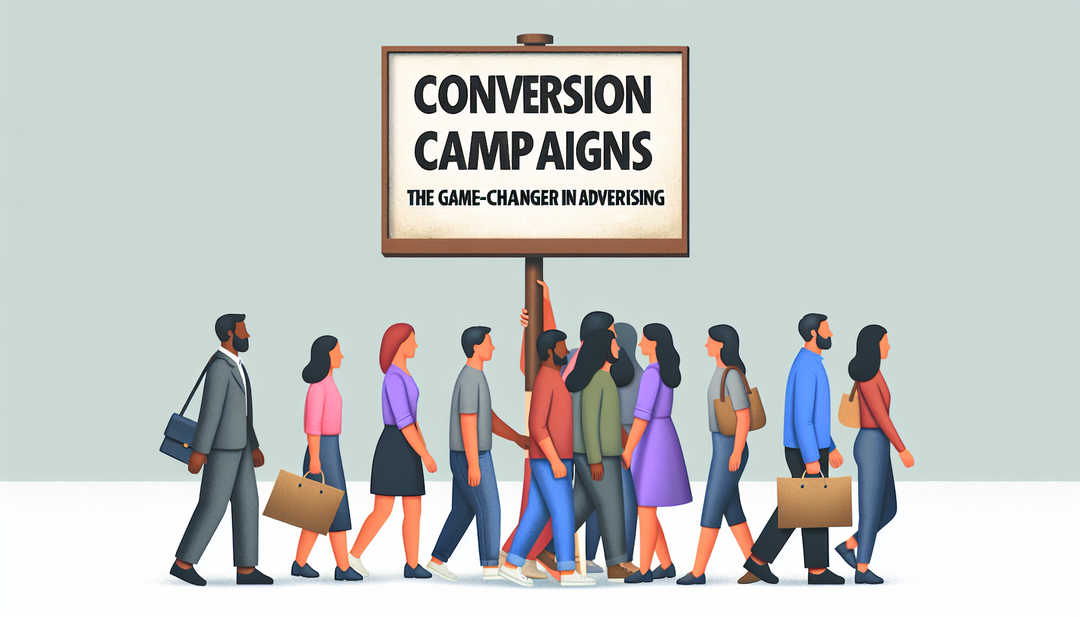
In my experience as an advertising consultant, I've seen firsthand how the right pricing model can make or break a software business. It's not just about the price tag; it's about aligning your pricing strategy with your target market, value proposition, and customer needs.
Pricing Models
Let's start with the subscription-based model. This model, where customers pay a recurring fee to access your software, is a popular choice for many businesses. It provides a steady stream of revenue and builds customer loyalty. But it's not just about the money. It's about offering value over time.
Take a project management software, for example. With a subscription-based model, you can offer different packages to cater to different needs. A basic plan for small teams, an enterprise plan for larger organizations. It's about accommodating a range of customer needs and budgets.
Then there's the one-time purchase model. This model, where customers make a single payment and own your software forever, can be appealing to customers who prefer a one-off investment over an ongoing commitment.
Consider a graphic design software. A one-time purchase option could be suitable for individuals or businesses that don't need regular updates or support. This model can be particularly relevant for customers on a budget or those who need the software for a specific project.
And let's not forget the freemium model. This model offers a basic version of your software for free, while premium features and functionalities come with a price tag. It's a great way to attract a large user base and offers a potential upsell opportunity.
Imagine a video editing software. You could offer a free version with basic editing capabilities and premium features like advanced effects and unlimited exports for a fee. This strategy allows users to test your software before committing to a paid plan.
But choosing the right pricing model is just the beginning. It's how you leverage this model in your advertising strategy, campaign optimizations, and tracking that really counts.
Advertising By Pricing Model
For instance, with a subscription-based model, your advertising strategy might focus on the value of continuous updates, ongoing support, and the cost-effectiveness of a recurring fee. You might use email marketing to nurture leads and retargeting ads to remind potential customers of the benefits they'll receive.
On the other hand, a one-time purchase model might require a different approach. Your advertising strategy could emphasize the long-term value and cost savings of a single payment. You might use direct response advertising to drive immediate purchases and content marketing to demonstrate the value of your software over time.
The freemium model presents another unique advertising opportunity. Your strategy could focus on the immediate value users can get from your free version, using content marketing and social media advertising to reach a broad audience. Then, you can use email marketing and in-app messages to upsell users to your premium version.
Regardless of your pricing model, it's crucial to continually optimize your advertising campaigns based on data. For example, you might find that certain ad creatives or messages resonate more with your audience. Install tracking at every stage of the funnel, from awareness to consideration to conversion. This will allow you to understand how users are interacting with your ads and where they might be dropping off in the funnel. By tracking these metrics and making adjustments, you can improve your return on ad spend and increase conversions.
Metrics And Tracking By Pricing Model
What metrics you track and where you install tracking depends as well on your pricing strategy.
For instance, if you're using a subscription-based model, you'll want to pay close attention to metrics like churn rate and customer lifetime value (CLTV). Churn rate will give you insights into how many customers you're losing over a certain period, while CLTV will help you understand the total revenue a customer is expected to generate during their relationship with your business.
To track these metrics effectively, you'll need to install tracking at various points in the customer journey. For example, you might track when a customer signs up for a trial, upgrades to a paid plan, or cancels their subscription. This will give you a clear picture of how customers are moving through your funnel and where you might need to make improvements.
On the other hand, if you're using a one-time purchase model, metrics like average revenue per user (ARPU) and conversion rate might be more relevant. ARPU will help you understand how much revenue you're generating per user, while conversion rate will show you the percentage of users who make a purchase after clicking on your ad.
In this case, you might install tracking on your product pages, checkout pages, and thank you pages. This will allow you to see how users are interacting with your ads, where they're dropping off in the purchase process, and how many are converting into paying customers.
Finally, if you're using a freemium model, you'll want to track metrics like free-to-paid conversion rate and average revenue per paying user (ARPPU). Free-to-paid conversion rate will show you the percentage of free users who upgrade to a paid plan, while ARPPU will give you insights into how much revenue you're generating from your paying users.
Your pricing model can significantly influence your advertising strategy, performance metrics, and tracking. By understanding these relationships, you can make more informed decisions and ultimately drive more conversions.
Remember, I'm here to help you navigate these complexities. If you need further guidance on what pricing strategy to choose for your campaign or what advertising strategy to choose for your pricing, don't hesitate to book a free consultation with me at holschuh.co.uk.
To your success,
Lukas




